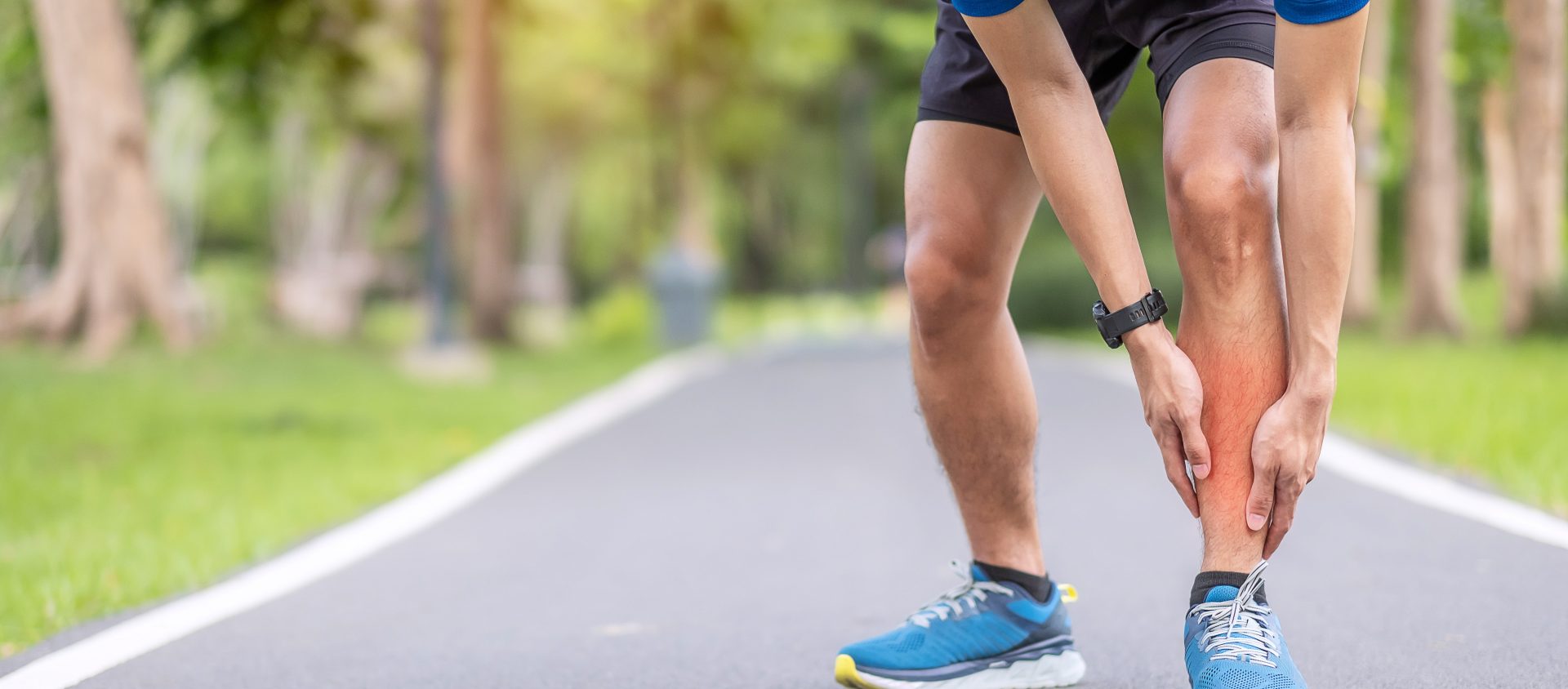If you have shin pain, it could be any one of the more common running injuries that affect the lower leg like shin splints, bone bruises, or stress fractures. As a runner, you would know that exercise becomes more difficult and painful when you have shin pain.
If you have confirmation that the pain is caused by shin splints, there are a number of ways to treat and support the recovery of your shin bones and muscles. Targeted stretching, new supportive running shoes, correcting your gait, and taping your feet for shin splints are some of the most popular methods.
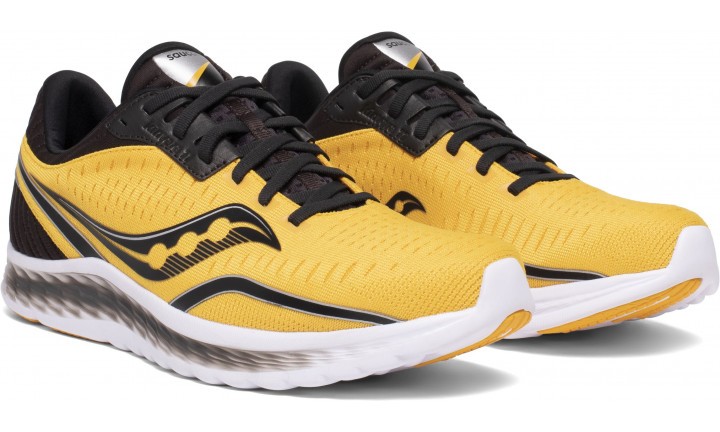
In this article, we look closely at the many causes of this common condition, how to tape feet for shin splints, while touching briefly on some of the best stretches for shin splints. To learn more about how you can support the recovery of your shin bones and muscles, keep reading ahead.
What causes shin splints: Common symptoms and causes
The term Medial Tibial Stress Syndrome is the formal term for shin splints, but refers to the same condition. Runners often get shin splints because of overuse and trauma caused to the lower leg muscles, fascia, and tendons at the point that they are attached to the tibia and fibula bones.
These overused muscles exert added force on the bones in order to keep the lower leg, ankles, and feet stable. This results in partial tearing of the fascia and tendons away from the bones.
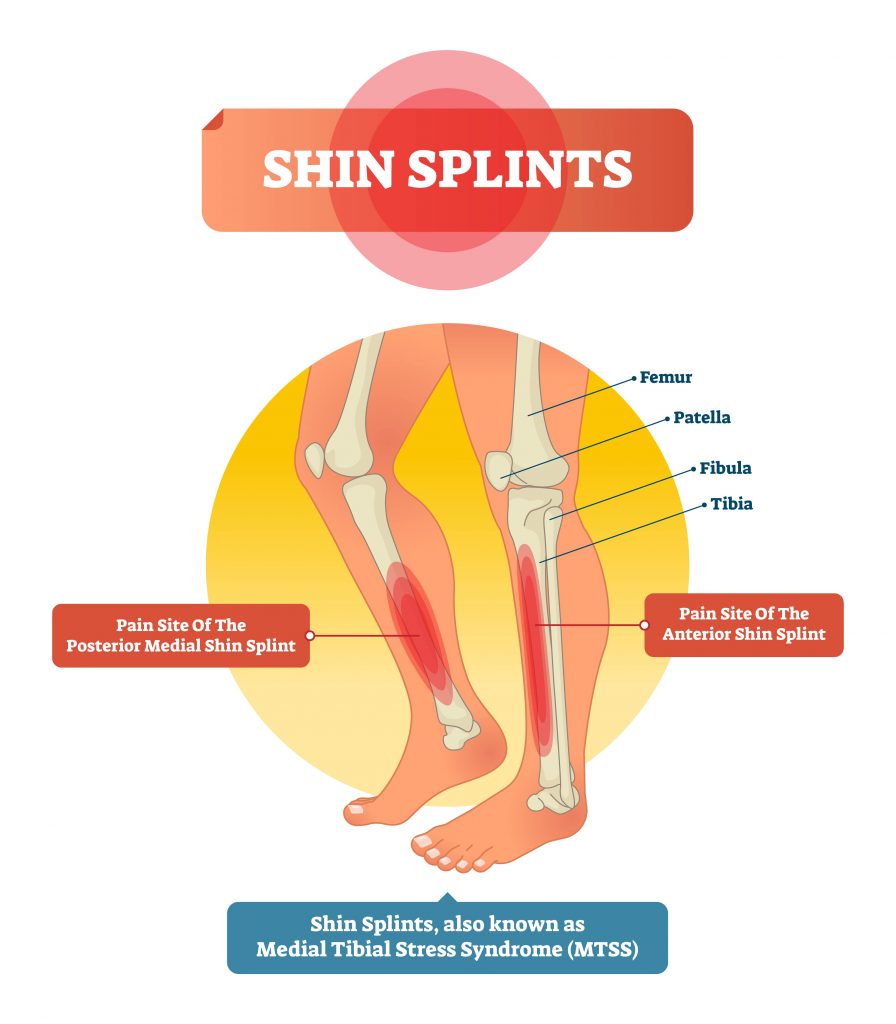
What makes shin splints worse?
There are a number of activities and risk factors that could make shin splints worse. High impact activities and biomechanical causes are two origins of shin splints.
High impact activities are sports that overload the body with weight or running, and are often combined with high impact movements. These actions cause continuous force to the shin tendons and muscles, slowly eroding their ability to absorb shock. They include:
- Exercising on uneven or hard surfaces
- Too much running up and down a hill or other inclined surface
- Jumping back into strenuous exercise after a period of rest
- Wearing unsupportive and ill-fitting sport shoes
- Increasing the duration or intensity of your exercise too soon and too suddenly
Biomechanical causes are genetic or adaptive factors that impact the way a person works out. These are some inefficiencies that cause shin splints:
- Flat feet and wearing unsupportive running shoes
- Running with toes pointing out
- Leaning too far back or forwards when running
- Tension or muscle stiffness in the lower leg
How to prevent shin splints
As the saying goes, prevention is better than cure. See our full guide on how to stay injury free while running, but in the meantime these can be simple changes to your exercise routine, including:
- Wearing the right shoes: You might be surprised by how much a well-fitting, supportive pair of running shoes can improve your comfort and performance. A podiatrist might recommend that you get a running shoe with a larger toe box to accommodate your bunions, or more lightweight shoes that have great ankle support. If you want to support Aussie businesses, Pure Running stocks some great running shoes online that provide comfort, style, and support. Be sure to check out the curated running accessories too.
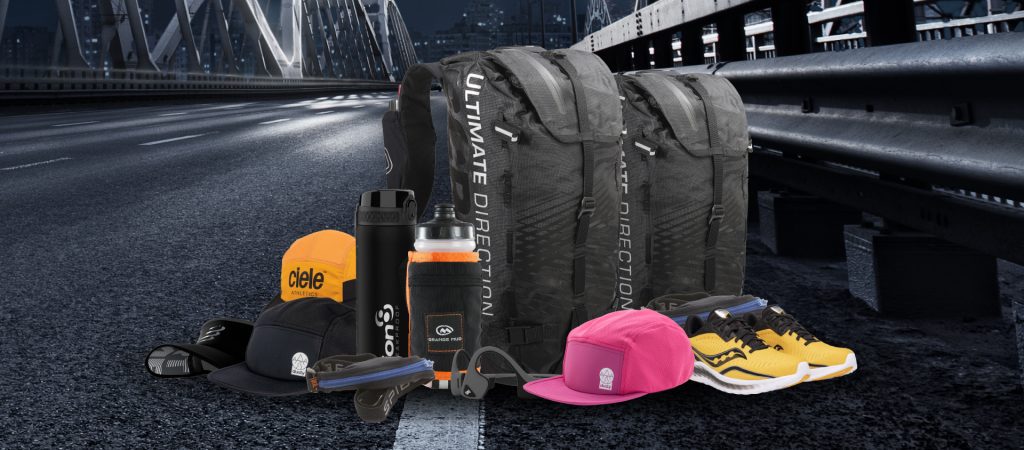
- Stretching: It is important to target the tendons and muscles of your shins and calves when stretching for recovery. With targeted stretches, you can increase the flexibility of these areas for safer, more effective exercise. They are also one of the best things for supporting recovery after long run sessions.
- Improving your gait: As mentioned above, biomechanical inefficiencies can have a negative impact on your running form and effectiveness of your workout. It is a good idea to consult a physiotherapist to assess your gait and running mechanics to start making improvements.
How to tape feet for shin splints
An effective way to support the recovery of shin splints is to tape them. Never use any stiff or sticky tape that isn’t fit for purpose. Instead, you should use kinesiology therapeutic (KT) tape that is both supportive and allows for flexible movement. KT tape provides compression which can boost blow circulation, stabilise the lower leg muscles, and reduce pain and discomfort. While you can still work out with the taped leg, get plenty of rest to recover well.
Below is a step-by-step guide on how to tape feet for shin splints:
- Thoroughly wash and dry the affected area.
- You might need to prepare the skin surface by shaving off any hair for the tape to adhere firmly.
- Gently press on your leg to find the exact affected area(s).
- Stretch the toes down away from you.
- You may need to cut the tape into halves or different sizes lengthwise half strips. Cut the sharp corners into curves.
- Remove the first square/ section of the paper backing.
- Place the exposed tacky side onto the area between your ankle bone (lateral malleolus) and sole. The starting position will vary depending on where the injury on your leg is.
- With one hand pressing on the applied area, stretch the tape by 10% (depending on stretch level of your KT tape) to cover the affected area, but do not apply yet.
- Using the hand that is pressing, smooth the tape upwards so it moulds to your leg. Make sure it follows the curve of your foot and leg.
Best stretches for shin splints: Recovery and prevention
The easiest way to prevent and help recover from shin splints is to work on increasing the flexibility of your feet and ankles. Be sure to breathe deeply to release any tension, warm up to get the blood flowing, and stop if it becomes too painful. Here are some targeted stretches you can begin researching:
- Calf stretches
– Soleus calf stretch
– Gastrocnemius calf stretch - Tendon stretches
– Posterior tibial tendon stretch
– Achilles tendon standing stretch - Shin muscle stretches
– Anterior tibialis muscle stretch
– Seated shin stretch - Foot stretches
– Low lunge ankle stretch
– Heel stretches
Safe shin splints treatment and recovery
As with any exercise, you should assess your body’s readiness and speak to a health professional before engaging in a new routine. Once you are given the thumbs up to continue, be sure to take it slow and easy whether you’re taping, stretching, or making other changes. Remember that an overworked muscle will hinder your exercise goals and routines in the long run, so take the time to find the shin splints recovery and prevention methods that work for you.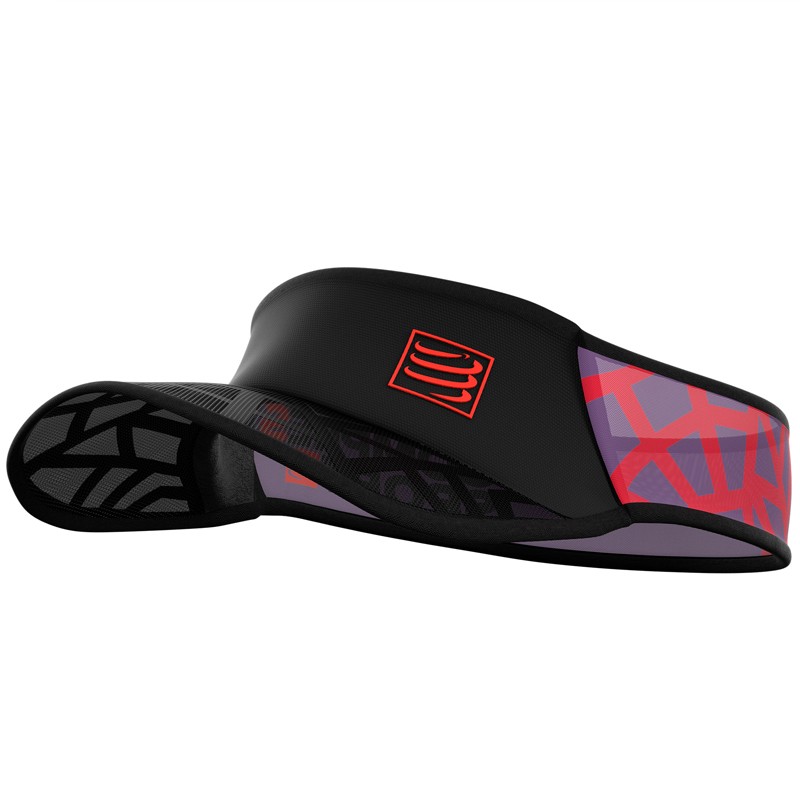
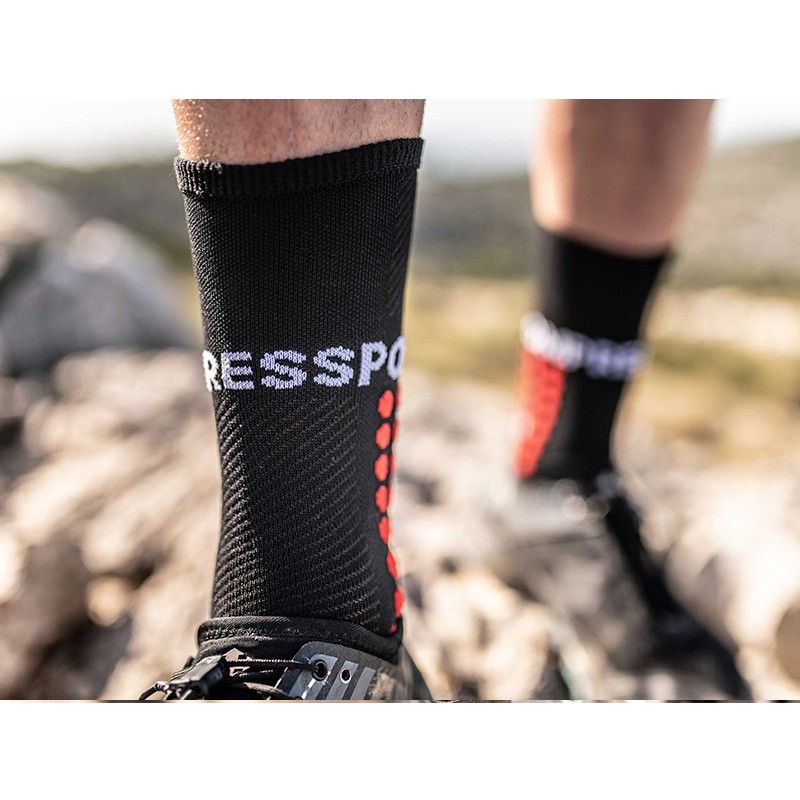
From running headbands to running socks make sure to explore the full world of running on offer at Pure Running.







